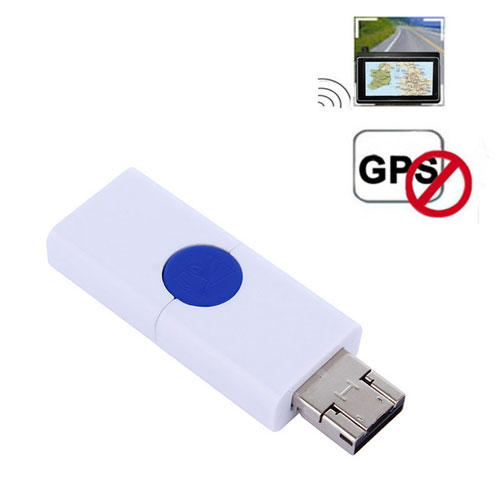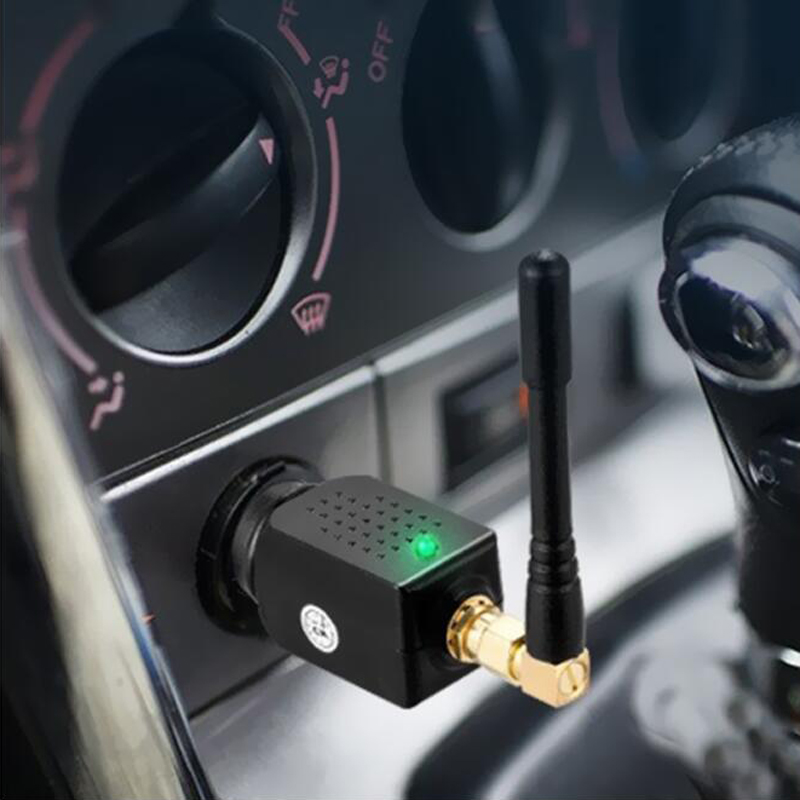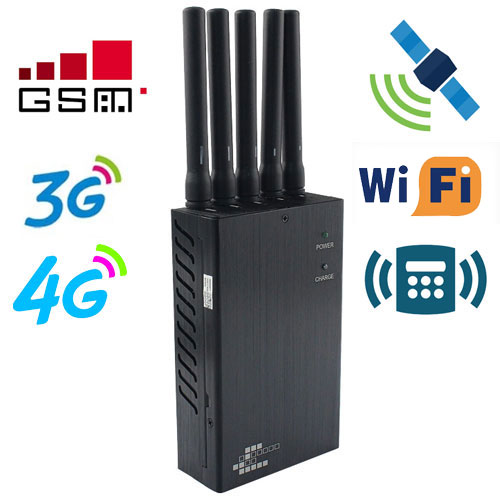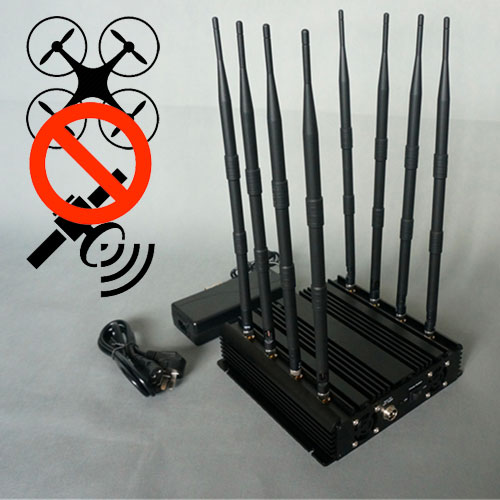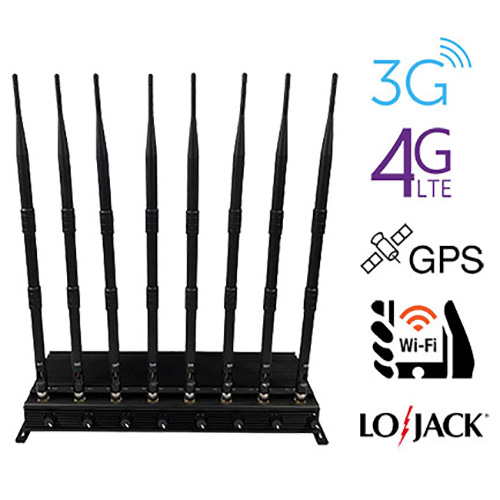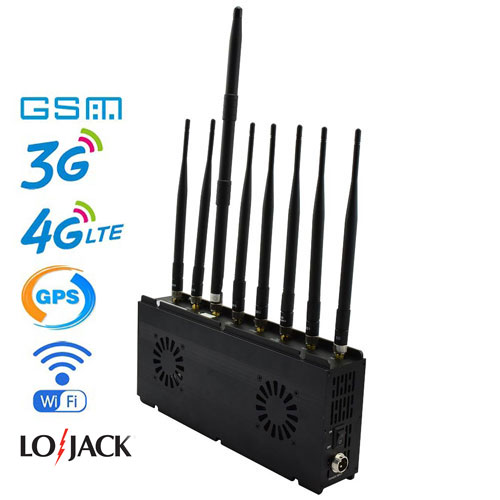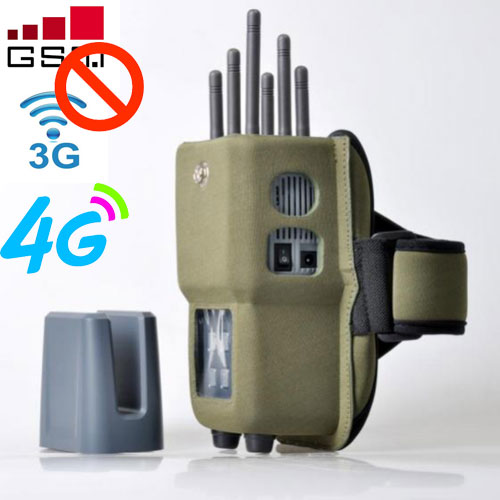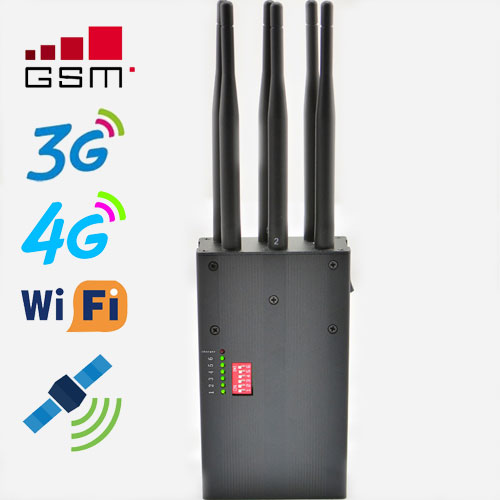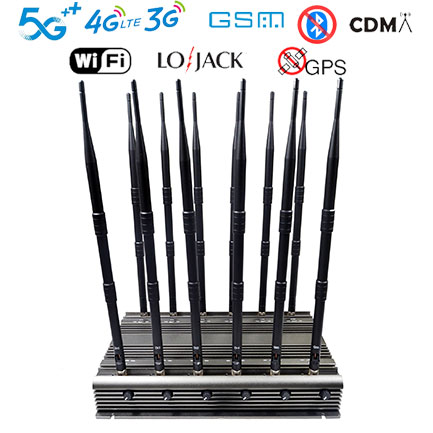Signal interference is an increasingly popular means for criminals to steal vehicles and cargoes, with truck hijackings costing the country an estimated R3 billion in 2015.
In almost every reported hijacking case, the truck’s tracking signal was not available because the suspects involved had used signal jammers.
The scourge of signal congestion in South Africa was brought to the public through carte blanche exposés and the much-noticed blocking of cellular communications during the “State of the Nation” address in Pretoria in 2015. The latter event, in particular, helped create greater public awareness and got companies like Ctrack to innovate and fight back.
However, signal jammer continue to be used in South Africa as they are easy to obtain and more affordable. As a result, hijackers today employ a wide range of jamming systems and devices, some of which are large and cumbersome and some of which are small and portable. This is despite the fact that possession and / or use of signal jamming devices is illegal under ICASA in South Africa.

Big or small, these systems typically prevent telematics devices from transmitting their location to tracking service providers.
Hein Jordt, CEO of Ctrack Fleet Management Solutions: “Hijackers use a variety of jamming systems to block tracking devices from communicating over cellular networks or satellite. Once blocked, they usually hijack the vehicle or collaborate the driver together to take it to a place where they can unload their valuable cargo. ”
Transport and logistics companies know it is important to protect both trucks and their cargo from theft. According to the South African Insurance Crime Bureau, truck hijackings are primarily about the goods being transported, with FMCG products such as tobacco currently in high demand. Either way, the fact is that the majority of the trucks are hijacked for their loads.
Fleet owners and operators need a total transportation solution that combines fleet management with the ability to detect signal congestion. The good news is that today there is a solution that can provide both trucks and trailers with effective stowage protection.
To attenuate signal jammers, alternate frequencies to those that are being blocked must be used. This is where the DSSS (Direct Sequence Spread Spectrum) technology used by Ctrack comes into play. DSSS does not use any other format like GSM to communicate. Instead, it transmits messages with a bandwidth that exceeds the bandwidth required by the message signal.
This spreading of the transmitted signal over a wider bandwidth makes the resulting broadband signal appear as a noise signal that allows greater resistance to intentional and unintentional interference. DSSS is also designed to carry signals from difficult radio frequency ranges and can penetrate through concrete, making it ideal for urban, retail and financial institutions environments.
In March, Ctrack announced that the interfering signal detection solution would be part of a combined fleet management package. “We are now able to offer our customers the option of installing a gsm jammer fault detection module as part of their fleet management system to ensure continuous visibility and to combat vehicle theft,” said Jordt.
With the fleet management component, fleet owners can monitor driver behavior such as B. Monitor hard driving, accelerating, braking, cornering and driving too fast. Significant fuel and maintenance costs are also saved by monitoring factors such as engine performance and fuel consumption.
